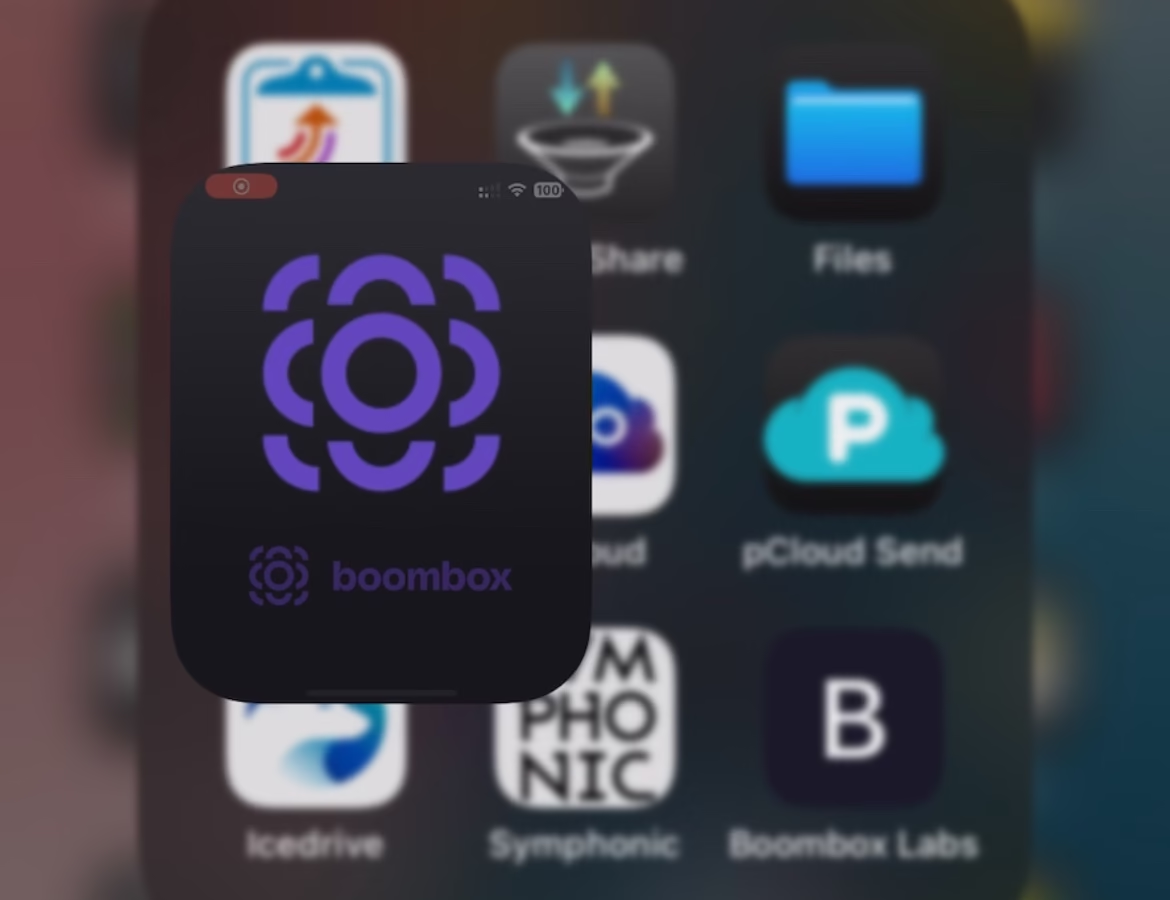In a world full of cloud storage providers, that aim to be an all-in-one solution for all – one company going by the name Boombox aims to be the chosen one for audio engineers, podcast hosts, musicians and more. Is its audio-centric cloud storage platform up for the task of professional audio storage and distribution? […]
Category: Apps
Posted inTech
Review: Korg Gadget 3
Posted inApps, Tech
FL Studio Mobile 4 Review
Posted inApps, Tech
Steinberg Cubasis 3 Review
Posted inTech
Audio Evolution Mobile: Video Review
Posted inTech










